It’s been awhile since I stepped atop my gilded pedestal and took a cold, hard look at how poorly many small towns do tourism. But it’s a new year, a new decade and a chance for many cities to start anew, so what better time than the present for a little tourism education for the masses?
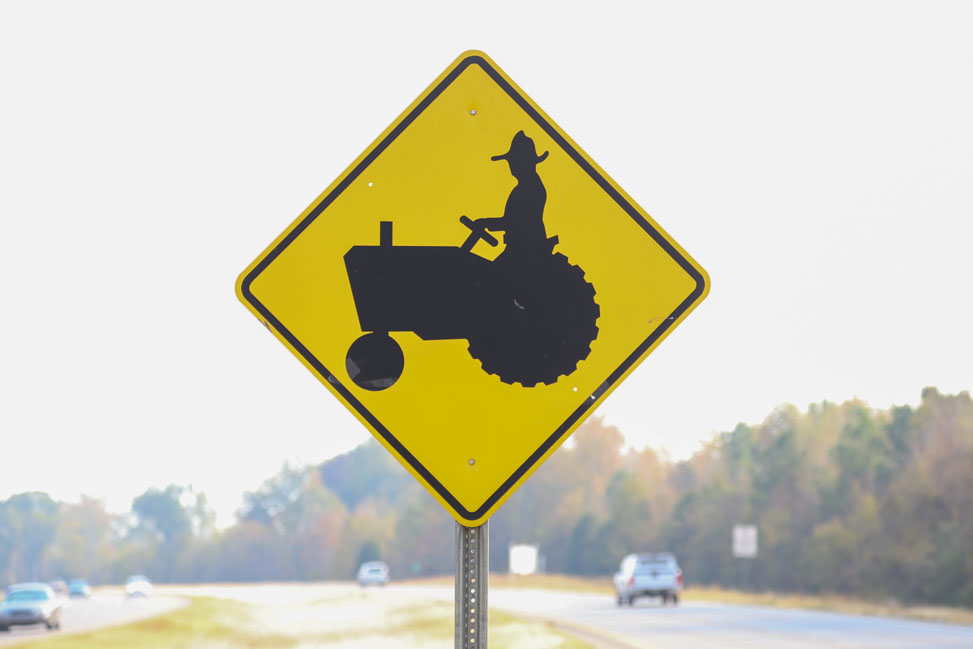
Before I get down to business, let’s just say that this is not directed at any one city in particular, but rather is an amalgamation of common themes we’ve seen from towns of a certain size across the country over the past decade. And what qualifies me to speak about such issues, you might ask? For years, I worked in consumer magazines; I traveled far and wide—to 50 states and 120+ countries—exploring towns from populations of 100 to 10 million. I wrote more than 15 guidebooks for major publishers, during which I had to regularly communicate with many mere blips on the map who had nothing more than a volunteer chamber of commerce, a part-time mayor and no official public information officer to their town’s name. And now, for the past eight years, SVV and I have shifted our focus to tourism marketing, our bread and butter being small towns and mid-sized cities in the South and Midwest.
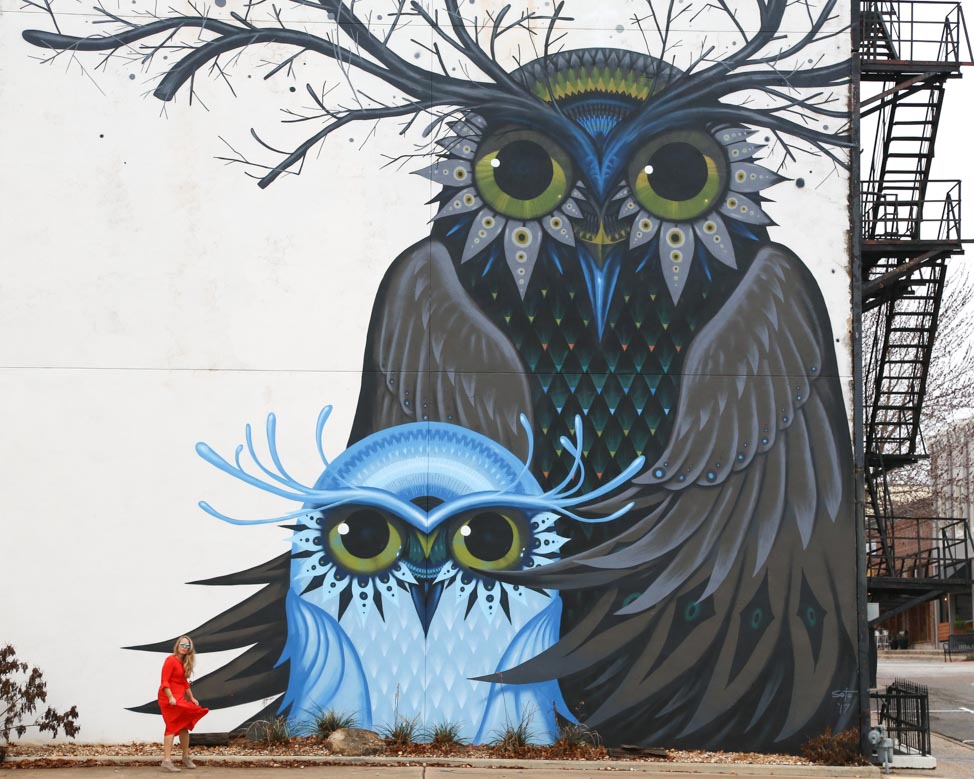
We have seen it all: those who get it and kill it with marketing, and those who have absolutely zero concept of what building a robust tourism brand actually entails.
Here are the recurring problems we experience with small towns who fall into the latter category and just can’t seem to figure out how to tackle tourism.
They have no functional website
This is above and beyond the most grievous error most towns commit. It’s 2020, there is absolutely no reason for a city, chamber or tourism entity to have a website that isn’t secure, one that isn’t mobile-optimized, and/or one that is so hard to update on the back-end that you, the representative from your city, can’t easily go in and update content or add events when needed. The ease with which you can create even a basic landing page with a description of your community to serve as an online presence makes any excuse for not having one, literally, a clear example of laziness. The lack of a functional tourism site is the kiss of death for so many small towns across the country, and if you haven’t updated within the last few years, that’s just as bad as not having a website at all.
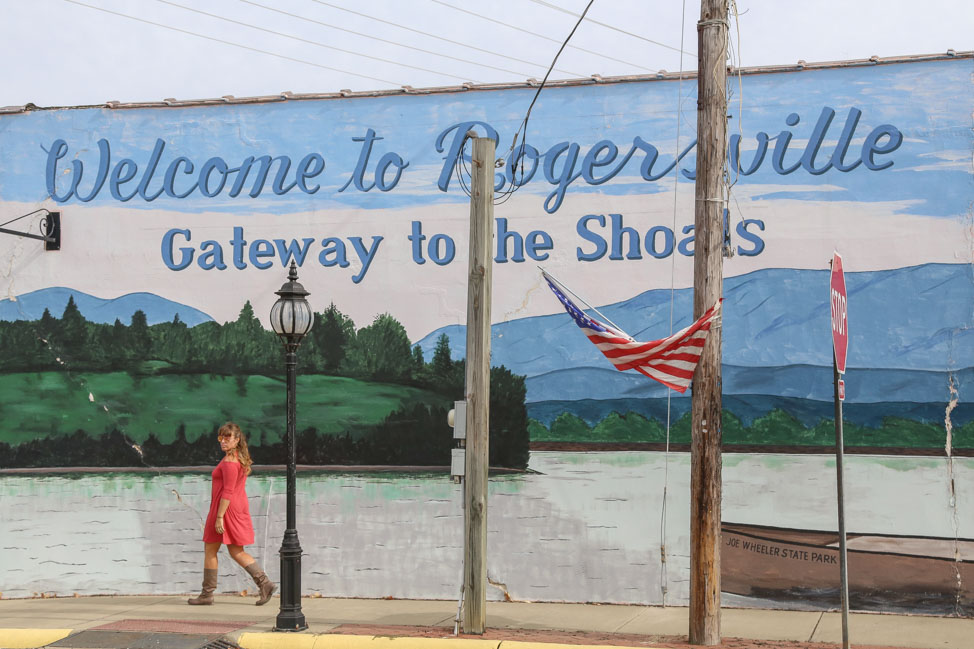
We live in an age where Google dictates our every move, from searching for our next day trip to mapping our destination via our phones to seeing what there is to do along the way. Google is king, and it has machines that are constantly scraping the Internet daily for new information about your destination. In fact, Forbes just reported that for every 100 searches done online, 88 of them are funneled through Google, and with the alarming rise in Google’s omniscience, if you aren’t following the rules to begin with, you’re even more at risk of being pushed down to the dreaded “other pages” (that’s everything but page-one search results, which is all most users ever find to begin with).
Even worse is when your site isn’t secure—i.e. doesn’t have the required SSL certification that also gives you that https before your domain—and is deemed a security risk by Google, meaning it will be flagged as a threat and won’t even show up to users to begin with, particularly if you are taking payment for events or other services via your site. Exhibit A:
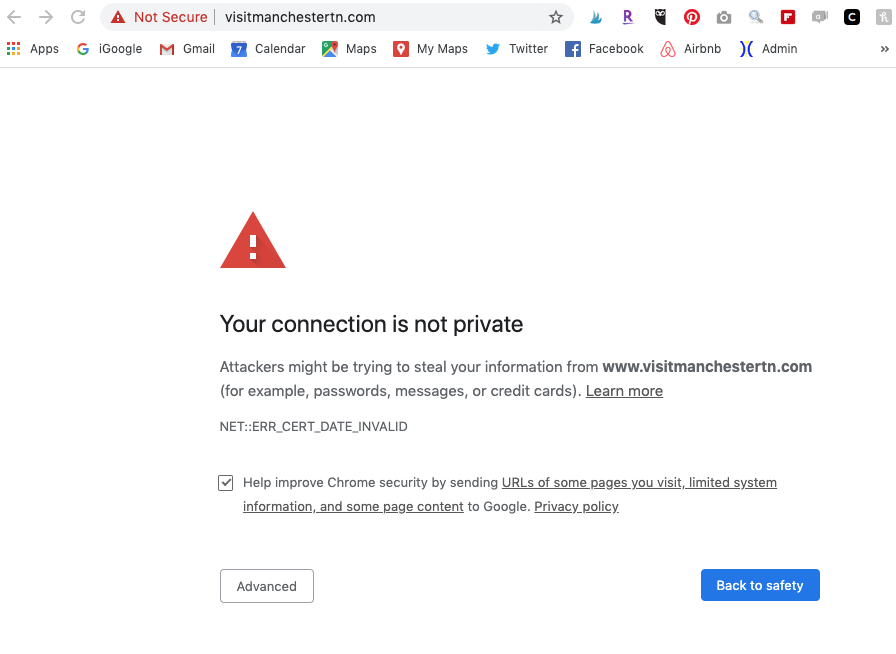
You don’t want to be this town.
First things first: Hire that professional developer to build an optimized, mobile-friendly and secure website that is easy for you to update week after week. Because if you aren’t regularly updating the website that you do have, you’ll fall further and further down the search engine ranks and visibly manifest the vibe that you don’t care what online strangers think about your destination, which, if we’re being honest, is true. If you don’t take a single other thing away from this post, please, please, please, for the love of all that is holy, make your website the top priority this year. And enough already with the “but my son once took a coding course, I’ll just get him to build me one.” This is a scenario where you don’t skimp and go for the lowest bidder or, worse, the free hire within your inner circle, because you truly get what you pay for; we’ve had too many clients do just this and waste $10,000+ on phonies who claimed to know how to build a site, only to have to pay someone double to redo it down the road. No developer wants to clean up someone else’s shoddy work; it’s easier just to start from scratch at that point.
Do your due diligence, which yes requires actual work on your part, interview multiple candidates, ask for past site build examples and then get references from the clients for whom those sites were built to see what their experience was working with said developer. Do not believe someone who says they “know websites” right out the gate, but revert back to the rule of thumb for journalists—show, don’t tell—and have them demonstrate their capabilities rather than merely taking their word for it.
They don’t look at the data or cater to what travelers are looking for
Say you do have a functional, optimized site that is indexed by Google. Great! You’re already ahead of the majority of towns your size. But do you even know about and are you diving into your Google Analytics (a free resource, mind you) on the regular, seeing where your traffic is coming from—if it’s 90 percent from Russia, I hate to tell you this, but your traffic is probably useless, unless of source you are a DMO in Russia capitalizing on domestic travel—and what they’re searching for? If you are, for example, a destination in the Smoky Mountains and the bulk of your travelers are getting there via “what to do in the Smokies” searches, use that to your advantage and create plenty of fresh content that falls in line with those searches and is useful for travelers (think: fishing, lodging, glamping, hiking, biking, I could go on forever). Then, make sure travelers can find all these subpages by linking to them as relevant content within your more popular pages. The result: Visitors will dive deeper into your site, they’ll poke around and find new reasons to stay longer in your destination, thus increasing the hotel/motel tax that likely funds or at least partially contributes to keeping you in a job, and Google will reward you for having relevant content that is being updated regularly. Everybody wins! You get a gold star!

On top of Google Analytics, Keysearch is a secondary tool you should consider using to evaluate the competitiveness of keywords and search terms you’re attempting to rank for. I’m a paying member, and you can sign up here and use my code KSDISC for a 20 percent discount off your new membership. I’m also a fan of Yoast, which is a free plugin with a premium version available for purchase, for making sure every blog post we publish checks all the SEO boxes with volume of keywords, H2 and H3 heads, internal and outbound links, and the other kinds of things that factor into any search engine algorithm. If you’re a city, CVB or tourism entity, please implement these tools into your daily practice; it will only make your life easier and your site look more polished.
They don’t use the resources at their disposal
I’m going to get granular here for a second and talk directly to my homeland folk in Tennessee. The state has excellent grants that are meant exactly for this: tourism enhancement, website development, asset-building and assisting with other marketing ideas, no matter how out of the box you think they may be. Every single year, the application period for the Tennessee Department of Tourist Development’s marketing co-op opens in July for one month, and any city government or designated tourism entity located in any county outside of the top five earners is eligible to apply.
The state allots $1 million in awards annually, and this cannot roll over, meaning they have to use it and want your ideas—desperately. The application process is pretty simple and all done remotely via an online application form. If you have an idea you’re not sure about, contact your division’s marketing representative from the state, and they’ll walk you through your concept and tell you if it has legs. Most of these grants do require a 1:1 match; in other words, if you have $5,000 for a website build, you can apply and—in an ideal scenario—get $5,000 as a match. Suddenly, you have $10,000 to spend on an even slicker site, and who doesn’t love getting more bang for your buck?
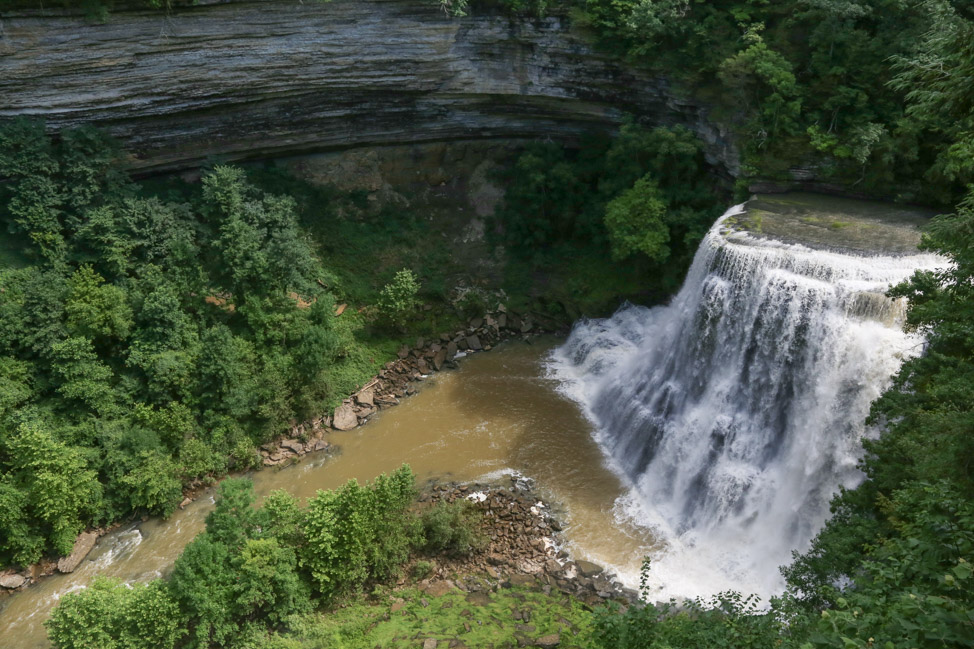
This also means you are accountable for the completion of your idea within the allotted project period, which for Tennessee’s tourism marketing grant is always August through May—plenty of time to execute a mindful marketing campaign or website build. That said, I’ve seen too many towns receive the grants, complete the project (or, even worse, not complete the project) and never submit receipts for reimbursement, meaning they’ve just left free money on the table and also ruled themselves out of potential grants in the future. While, yes, this is Tennessee-specific, I would imagine many other states have similar grant programs, so check with your state’s tourism office to see what kind of resources and programs they offer.
They don’t budget for the most important thing in their tourism plan: marketing
How many times have I been reached out to be a city government to utilize my skill sets and then am subsequently told “we don’t have a budget,” whether for photos, writing, marketing consulting or a skeleton of a website? Dozens! Hundreds even! To which I say, “…OK, but why? You have millions of dollars in your general fund and can’t carve out a paltry $25,000 a year, which would get you a solid springboard of a marketing plan, website and assets, for the most public-facing component of your community? Well, that’s just plain silly.” Especially given, as I previously noted, that many tourism boards and commissions are funded solely on hotel/motel tax, meaning if they aren’t bringing travelers in, they are losing operating funds for subsequent years. It’s cyclical: In an era where the world is at travelers’ disposal, we are overwhelmed by an over-saturation of social media, dreamy trip ideas and aspirational travel. Don’t assume people are just going to find you; they don’t know about you unless you tell them. And you can’t tell them if you’re doing nothing by way of marketing.
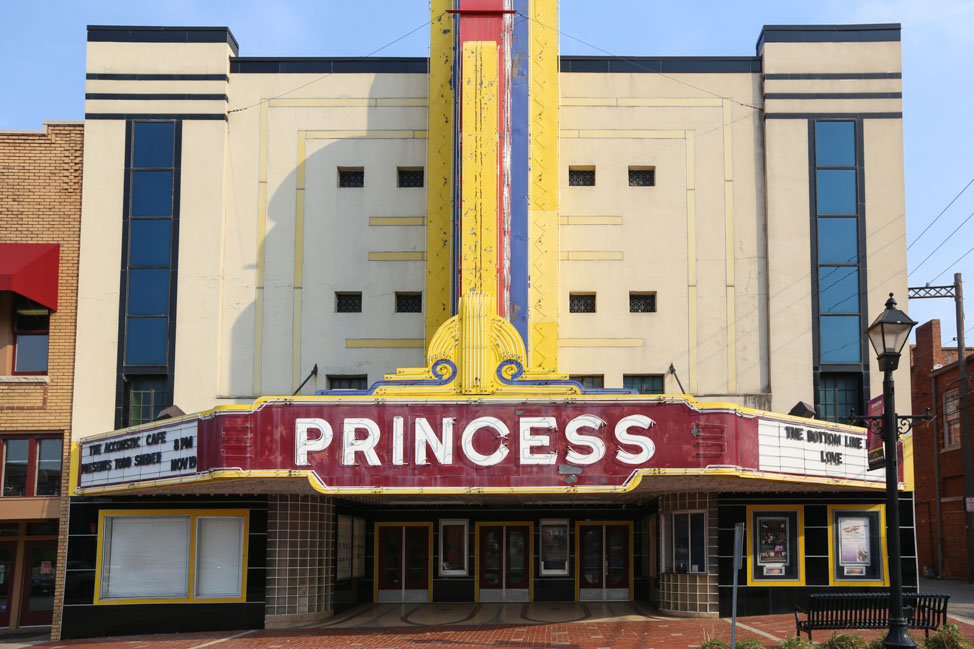
Yet, the very city governments who claim they “don’t have a budget” for marketing are the same ones paying tens of thousands of dollars a year for billboards, print materials to distribute that just sit collecting dust in visitors centers, apps that never get off the ground and membership to regional “tourism” alliances that do absolutely nothing for the town but pocket their money? Hmm. Sounds fishy to me. See previous point where there are plenty of grants you can apply for if you don’t think a tiny fraction of the millions of dollars that flow through your general fund is worthy of being spent on marketing (can you feel my eyes rolling at that?).
They don’t understand that social media is their public-facing persona
I will never understand not taking advantage of the easiest way to reach consumers, and that’s by having an active social media presence. It’s free! It’s (relatively) dummy-proof! Literally anyone can get online and start a Twitter, Facebook or Instagram account. I’m sorry, but it’s really not that hard.
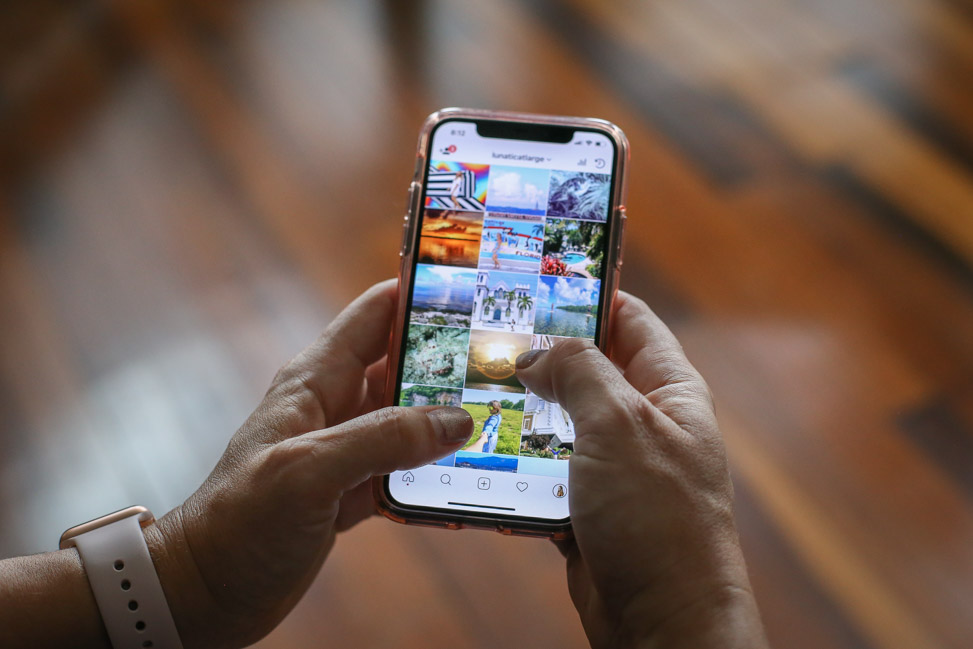
But where so many cities go wrong is putting the keys to the metaphorical social media Corvettes in the hands of an underaged driver—in other words, someone who has zero idea of what to do with them. Why wouldn’t you assign the most knowledgeable marketer in your organization to sit at the helm of your Facebook, Twitter and Instagram presence? And I don’t mean your youngest, because yes, those duties usually fall upon your fresh-out-of-college, newest—and therefore, cheapest—hire. Rather, that job should go to a senior level marketer with experience who also understands the digital landscape, someone who knows how to reach an audience and simultaneously sell the appeal of your town through words and visuals.
Sharing screenshots of your Facebook posts or text-heavy fliers about events on your Instagram account does not a social media “marketer” make; that’s called a lazy attempt at using social media and is a clear signal to everyone, Google included, that you don’t think your community deserves attention from the outside world. Be better, do better.
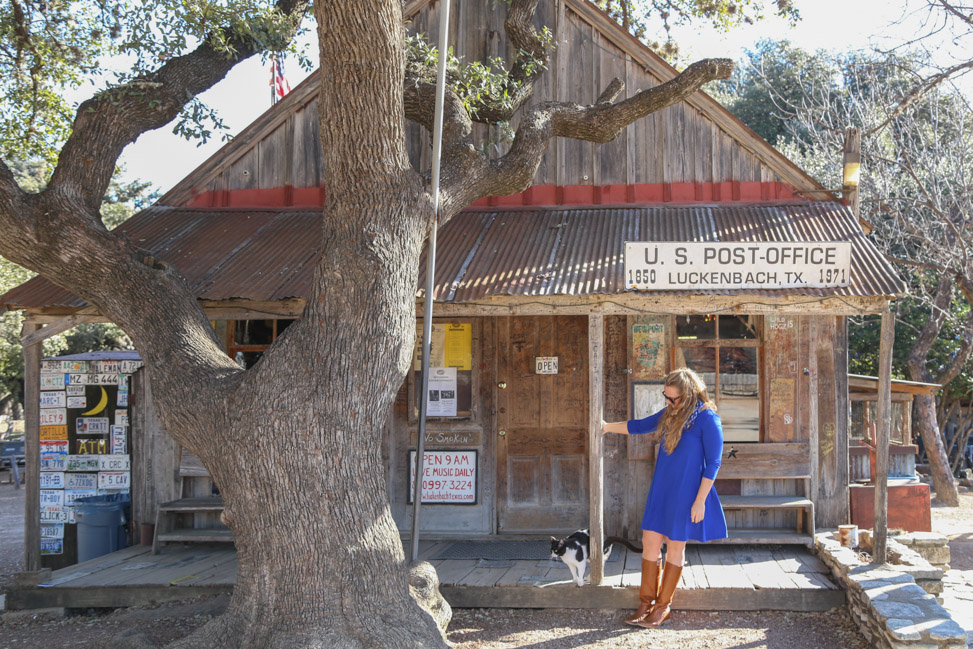
This will absolutely be the hill I die on: seeing so many major CVBs and city governments not give a second glance at how abysmal their online footprint is when it comes to social media. As a travel writer, I often use a city’s social media channels to determine whether it’s a place that a) I want to visit in the first place and b) somewhere worth covering from a journalistic standpoint. If I can’t quickly find the information I need via a city’s website and/or social media, I oftentimes move on to the next city who does give a damn. Want to see some great examples of CVBs, large and small, who kill it at both social media and tourism in general? I present to you: Franklin, Tennessee. Huntsville, Alabama. New Orleans, Louisiana. Savannah, Georgia. Oklahoma City. Memphis. Follow them. Study their movements. Implement their effective tactics in your own destination by understanding and emulating what they’ve spent millions of dollars and countless hours crafting.
They lack originality
Stop. Copying. Your. Neighbor. This might be a little jarring after reading the previous paragraph, but think outside of the box! In the two years since we started installing public art, we see such a disparity in original thought and so many bad attempts by communities to adopt this concept it makes my heart hurt. “Oh, the town down the road from us painted wings on their square? WE need to paint wings on our square?” *face palm* We’ve seen many a small town try to adopt a public art program—which, YAY!—only they do it in the worst possible way: dictating art, which you KNOW we are against, and doing exactly what the town next to them is doing (usually: a postcard mural, a historical depiction of their town or—yes— wings). Nothing is less inspiring to a traveler with disposable income.
Get creative. Stop copying your neighbor. Do something unique that’s going to make people want to come to you. Sorry, wings is NOT that thing, and I will be the first to tell you to your face that that is a horrible idea—no offense to Kelsey Montague, the artist credited with spearheading this now incredibly #basic and boring trend, but YAWN.
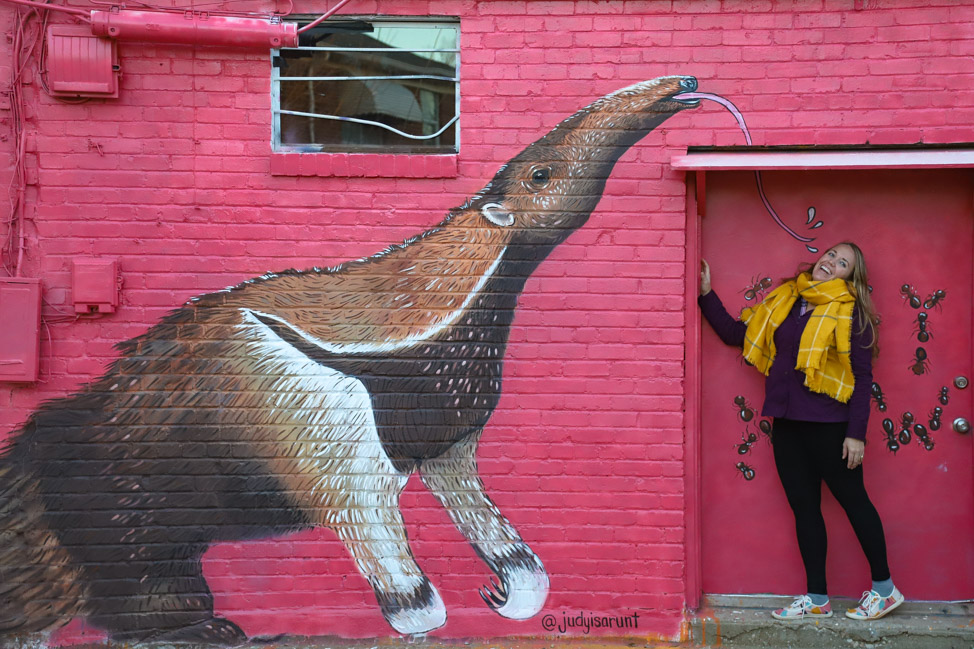
Fact: 10 times out of 10, I would pose with a giant anteater before a pair of wings.
Need help with starting a mural program in your town? Email us here, and we’d be more than happy to brainstorm with you. We created a nonprofit for this very reason, after all.
They put the cart before the horse
We’ve met many small towns who have GREAT ideas, but they don’t know how to prioritize, let alone execute, them. Yes, creating meaty itineraries and thematic pieces on best ways to explore your region indeed falls under the Great Idea category, but this harks back to my first point: If you have no functional website, where are you going to host your Great Idea? Where will you drive travelers who want to read more about your destination? And don’t tell me on a rack card or flier, because in most circumstances, travelers are eschewing print material in favor of consuming the bulk of information via their mobile devices. Ask yourself: When was the last time you carried around or referenced a piece of paper in your travels? Do you think you’re the only one who stares down at your screen for information nowadays?
They don’t understand the concept of “if you build it, they will come”
Before you worry about all the other things, you need to look at your destination with a critical eye. What deems it worthy of tourism? What would compel someone to spend their hard-earned dollars and PTO to come visit your city for a weekend or even an afternoon? If you don’t have cafes, breweries, public art, antique shops, distilleries, boutiques, outdoor draws or other equally compelling attractions that are going to get a tourist to your destination, well, it seems like that’s where you need to start—on the infrastructure side of tourism, rather than thinking you can hire a journalist or influencer to come in, write about you and suddenly this will summon magic pixie dust you can sprinkle on the landscape, making it a must-see stop for tourists.
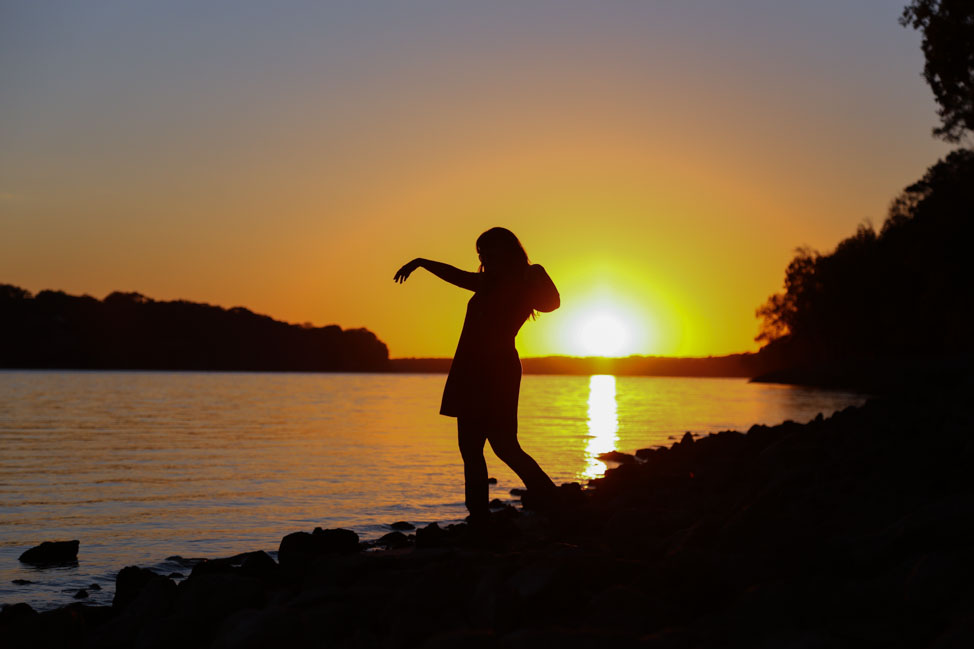
Travel costs money and time and isn’t something that adventurous tourists do on a whim, particularly if they have family and obligations, like most people on Earth. There has to be a “there there,” to quote my eloquent husband. One or two things that can take, at most, a couple hours to explore isn’t enough of a reason to travel somewhere—not for us, two seasoned travelers, and definitely not for your occasional road-tripper. Work with your partners and invest in a concerted effort to create something fun for folks to do first. Well-written words by a professional writer can only go so far.
**********
Tourism in Tennessee alone exceeds $22 billion a year in economic impact, generates 189,757 jobs, and produces $1.81 billion in state and local sales tax revenue. It also brings in 119.31 million people a year. Why wouldn’t you, a small town in a state that can boomerang off of its state’s assets not take advantage of that? If you aren’t capitalizing on tourism and making intentional decisions related to it, you’re missing out—it’s as simple as that.
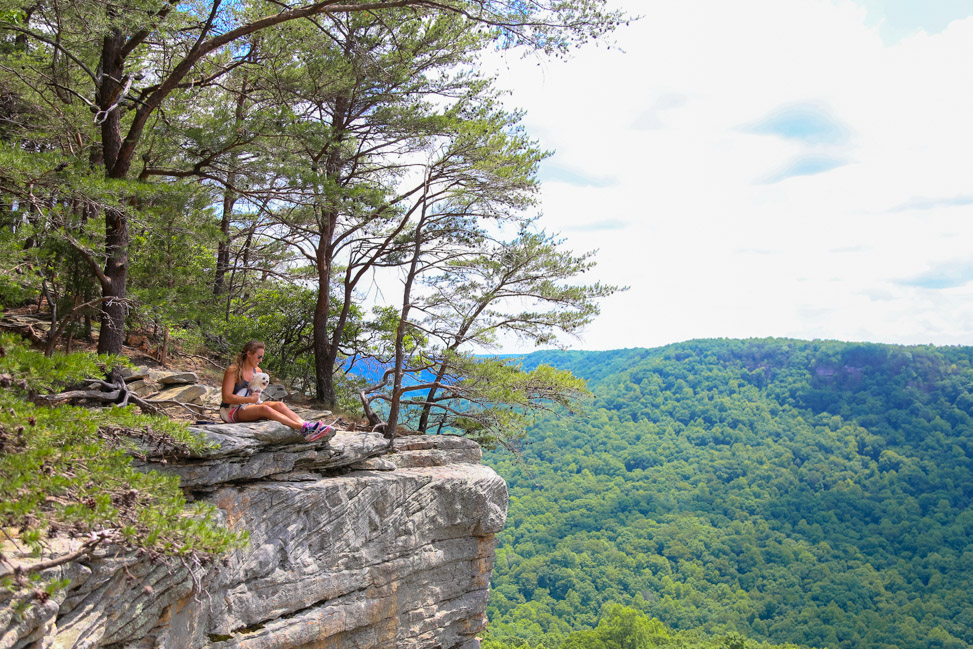
But here’s the thing: Tourism does not happen overnight, folks. I’ve seen towns suddenly think This Year’s Great Idea is to “work on tourism” and that tourists are just going to materialize, but it doesn’t happen like that. Look at the decades of careful planning it took Tennessee’s Williamson County to become the major player it is today. For any smaller or mid-sized destination studying how to do it right, Franklin is where you should head first. It’s got history, it’s got culinary appeal, it’s got Instagrammable aesthetics, it’s got both independent and high-end shops, it’s got cool concepts like the Factory, it’s got a major music festival, and it’s got one of the most well-preserved Main Streets in America. But you know what? That wasn’t always the case.
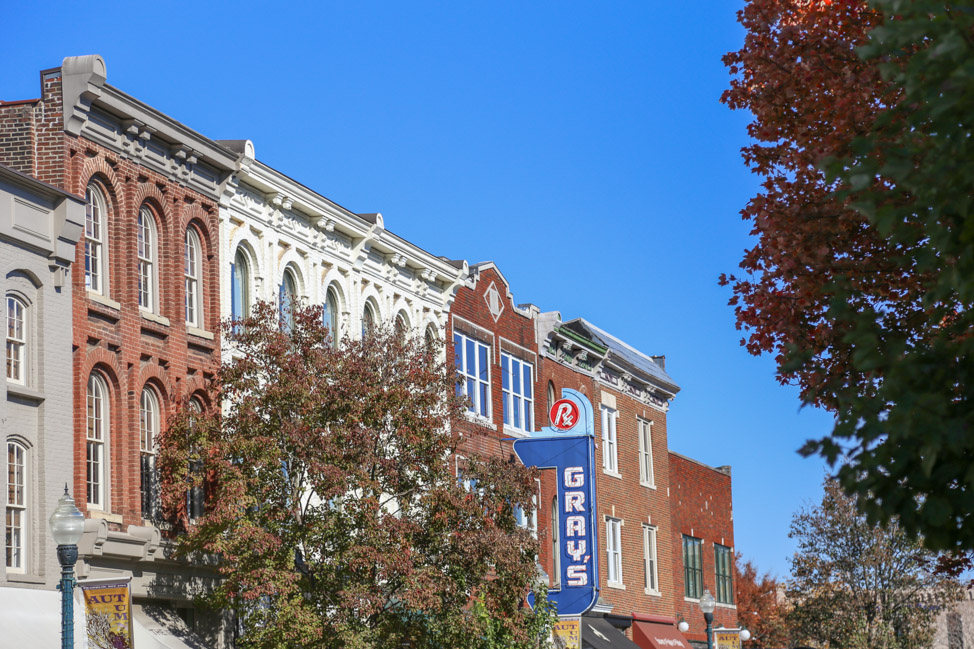
In the 1970s, Franklin’s Main Street was, for lack of a gentler term, rundown; in the 80’s, it fell into dire straights. According to the Williamson Herald: “As the construction of shopping malls in the 1980s took America by storm, Main Street joined the trend. Trying to look the part, historic brick and arched windows were covered with vinyl siding, while above-ground electric power lines illuminated a very industrial looking, service-oriented Main Street.” That’s when a group of preservationists, investors and other visionaries said “wait a minute, hold up now,” and banded together to launch Downtown Franklin Association—now part of the Heritage Foundation of Williamson County—and build the foundation for what Main Street and its arteries are today. Four decades later, downtown Franklin is absolutely thriving. But again, it did not happen overnight.
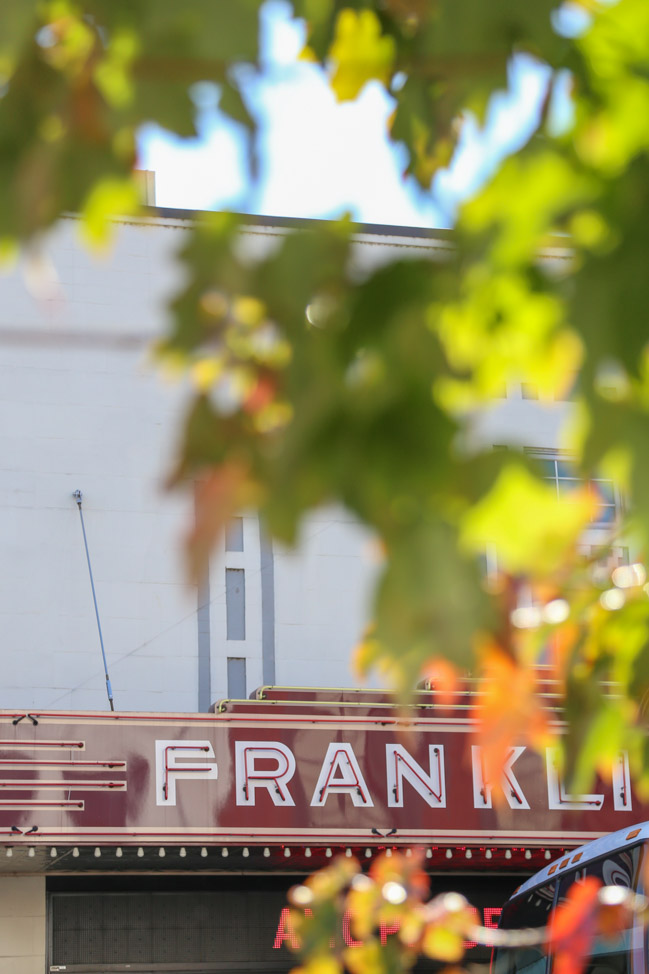
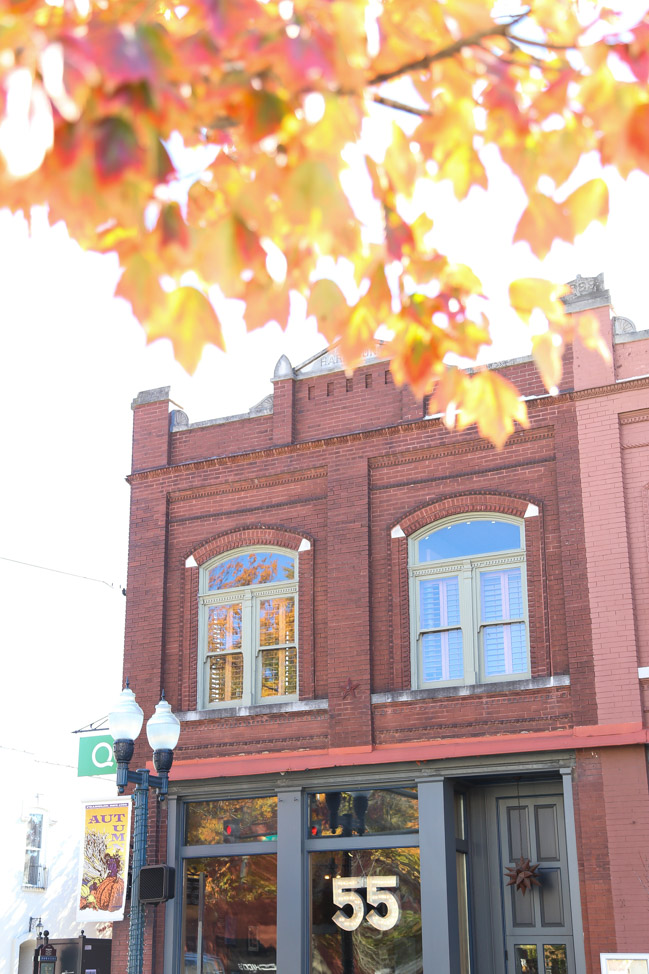
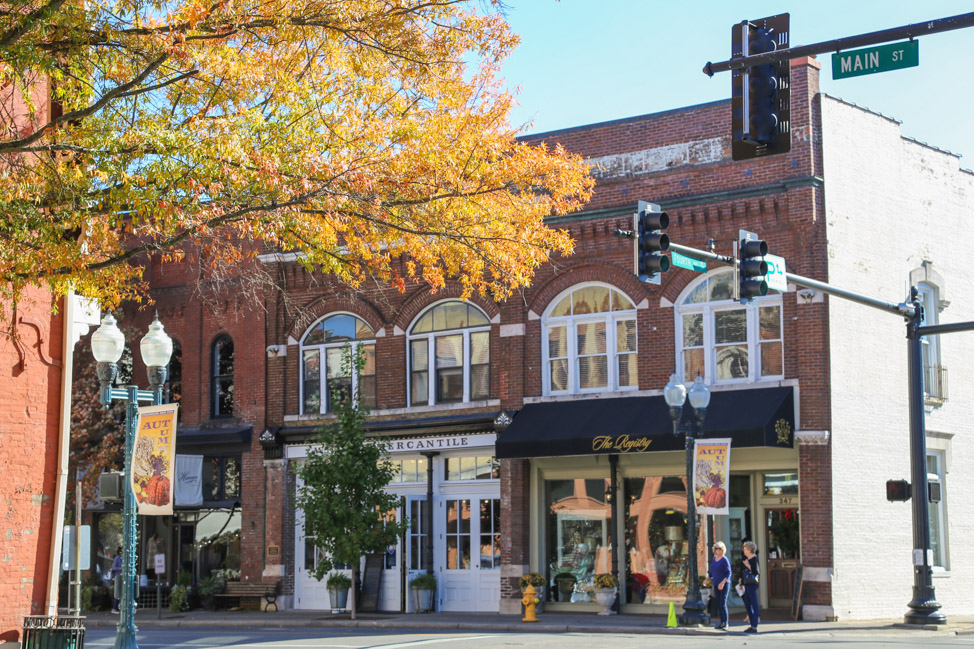
On a smaller scale is another Williamson County resident: the unincorporated community of Leiper’s Fork, population 650, just eight miles outside of Franklin that is now a bustling hub of tourism. Around the time Main Street started to do a 180, Aubrey Preston “discovered” Leiper’s Fork on a trip home from Colorado. The developer purchased a couple hundred acres he put in a land trust, relocated back to Tennessee and started inviting artists in to set up shop. He encouraged similar investment from others as a way to preserve Leiper’s Fork’s integrity and prevent unwanted development surrounding the charming hamlet, something he’d seen happen to many a ski town like Aspen and Telluride during his years living out west. Preston also successfully created a unique, community vibe by ensuring each building had a porch, patio or gathering space out front to make visitors feel welcome.
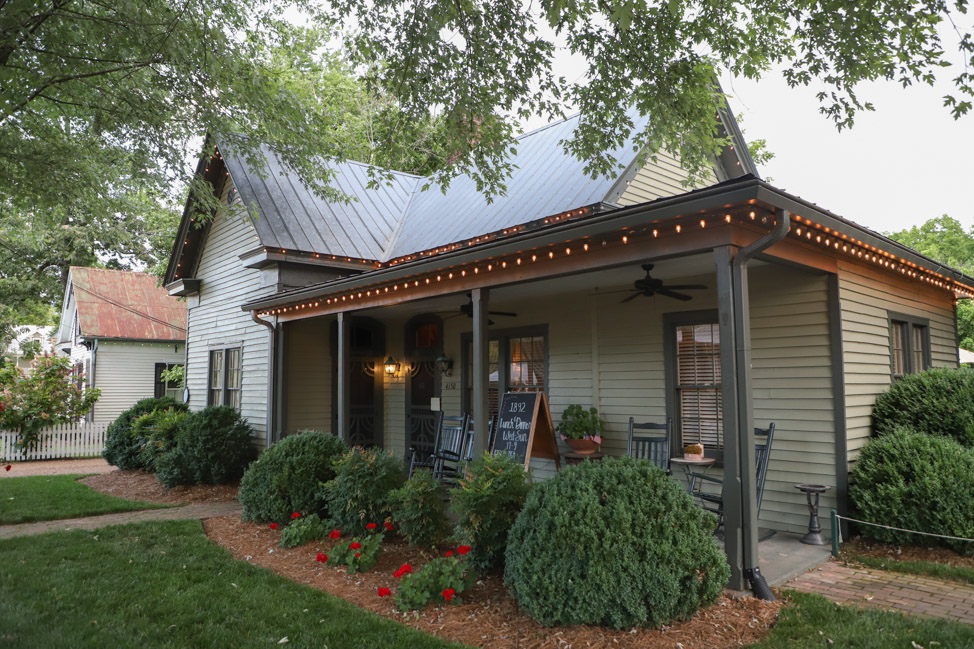
Today, Leiper’s Fork is on the National Register of Historic Places, home to many a celebrity—heard of Justin Timberlake, eh? how about Sheryl Crow? Chris Stapleton? Jason Isbell? Wynonna and Naomi Judd? heard of ’em?—and brings in swarms of tourists each week. And Leiper’s Fork started out as little more than a tiny strip of development with a visionary who knew he had a gorgeous plot of land in a convenient spot, just off the Natchez Trace Parkway and 30 miles outside of Nashville, but he also identified it would take time to make Leiper’s Fork a hotspot and he followed through patiently and deliberately. Mission accomplished.
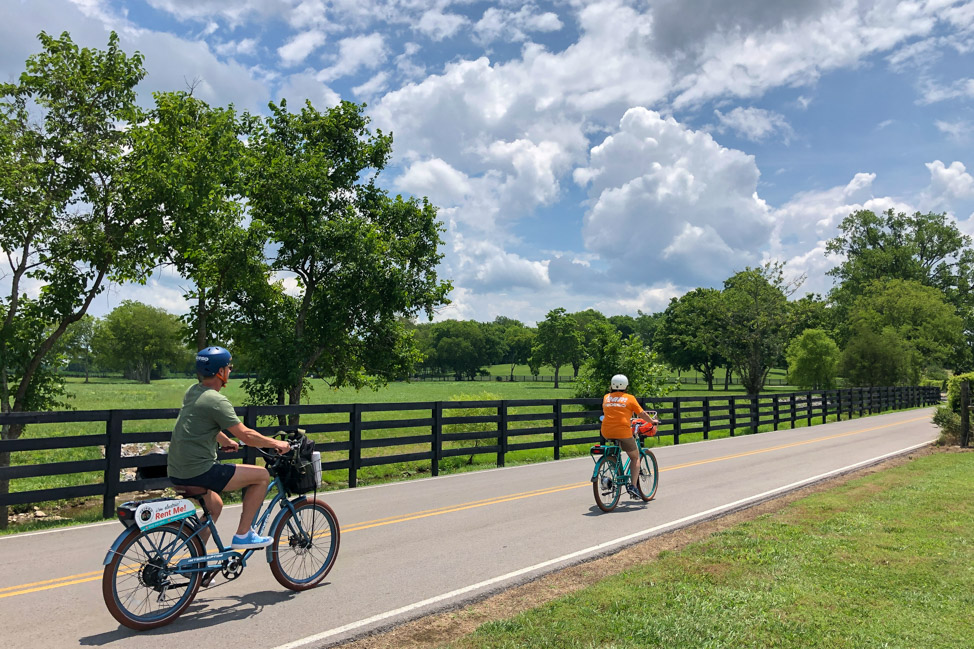
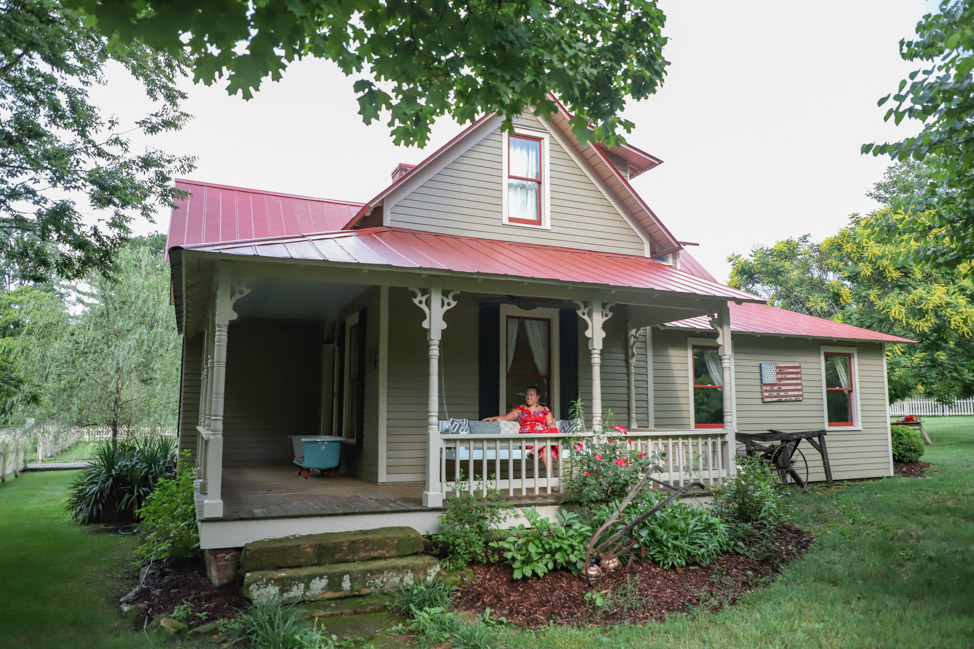
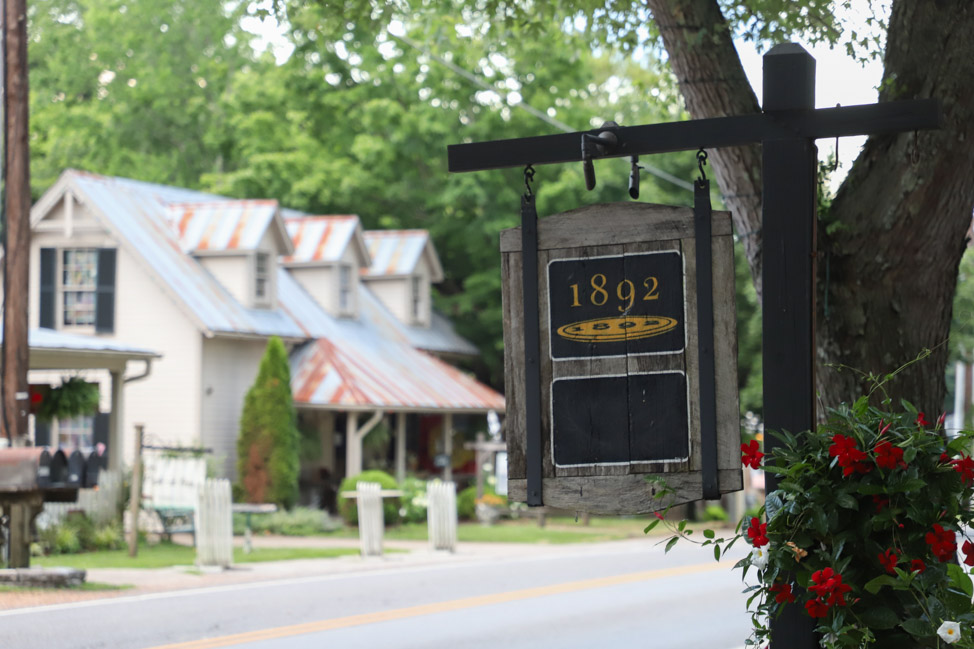
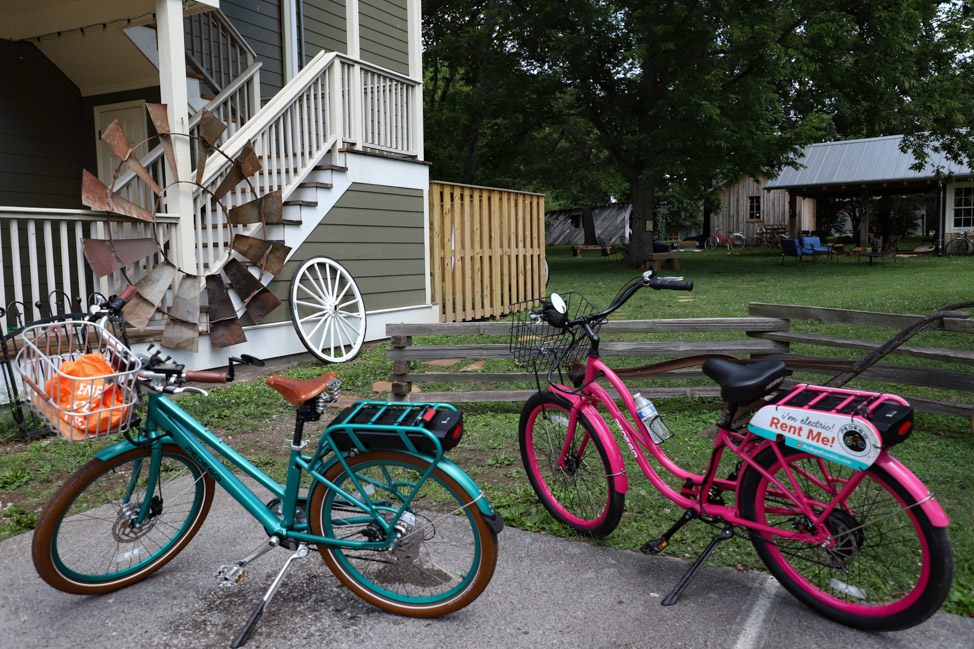
Today, Williamson County is reaping the benefits of all of that careful planning, ranking sixth among Tennessee’s 95 counties in annual visitor spending of $480 million. That’s nothing to sneeze at.
Down in Alabama, the Shoals is a prime example of an area that capitalized on its music history—and a documentary that shed light on all the masterpieces to come out of Florence, Sheffield and Muscle Shoals—over the past decade to revitalize the area and grow its tourist numbers.
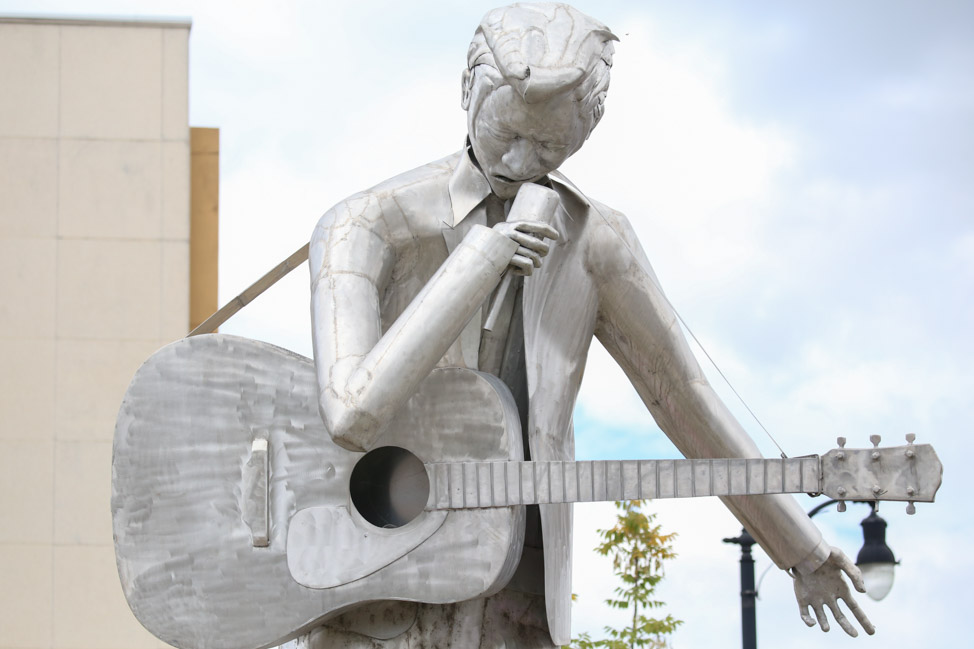
Brenham, Texas is a small town we stumbled upon in our travels that used its town’s main drawn, the Blue Bell Ice Cream creamery, to entice visitors to the area, but then built up other reasons for tourists to visit—an art walk and nearly two dozen murals, a cute town square brimming with galleries and antique shops, a taproom, a few restaurants, a sweet little downtown inn—to get them to stay a little longer. And Fort Smith, Arkansas previously was a blip along I-40 halfway between Memphis and Oklahoma, but now is a destination in itself for art lovers and Millennial travelers thanks to the vision to launch the Unexpected project.
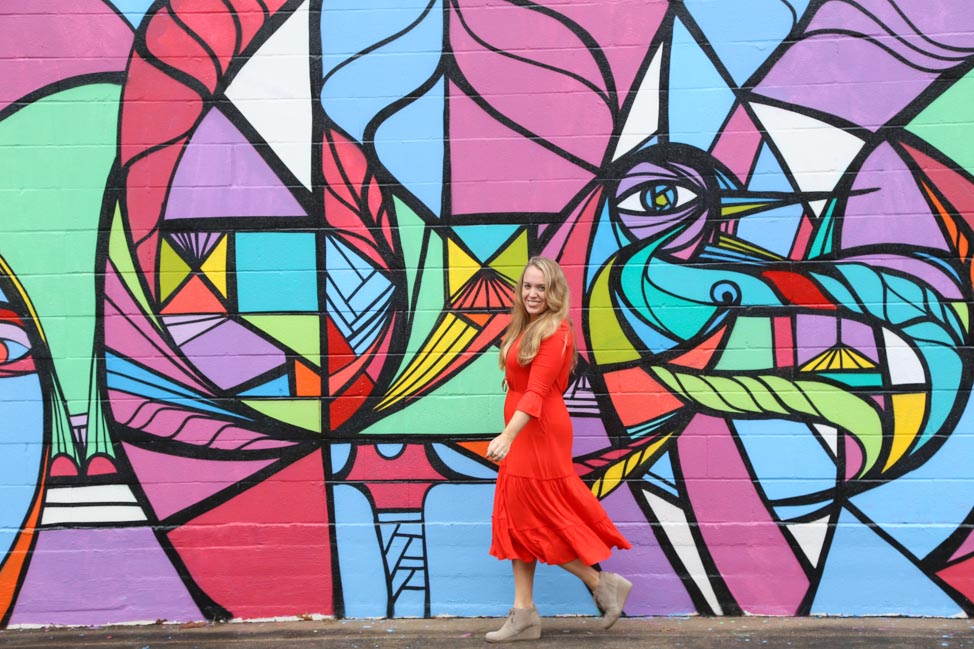
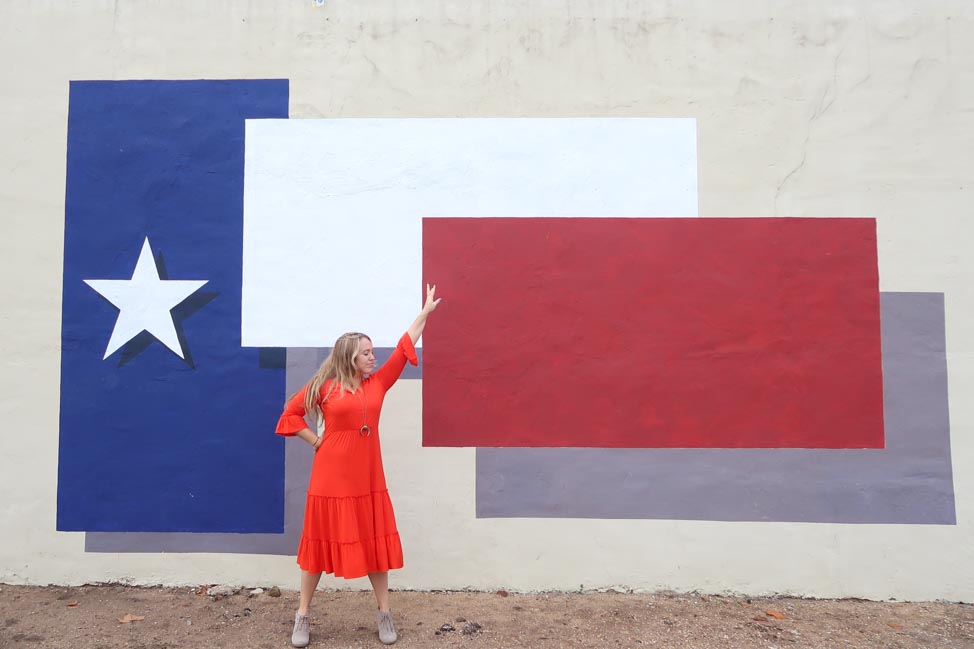
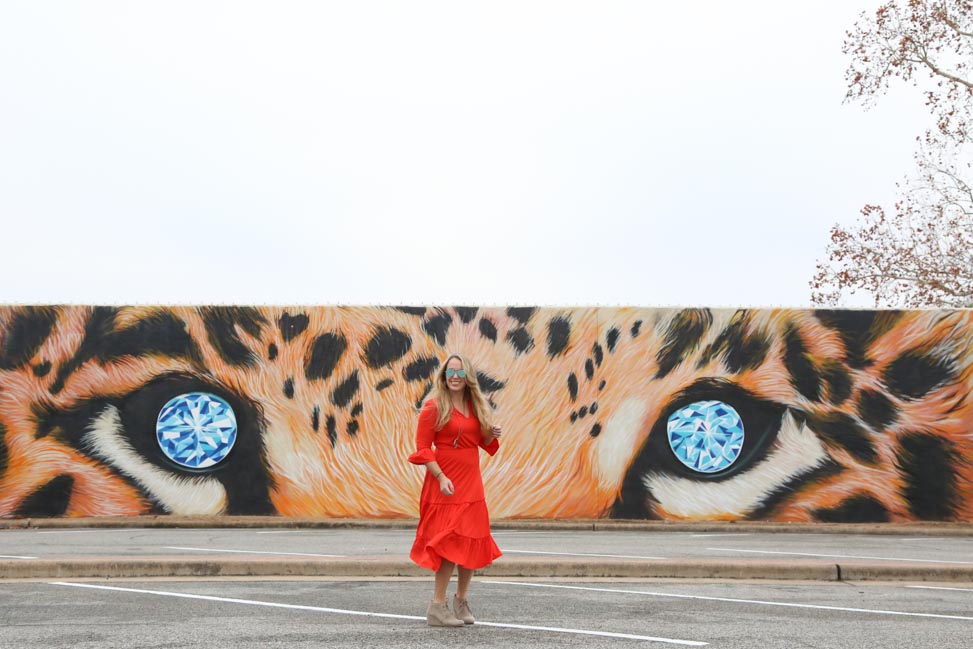
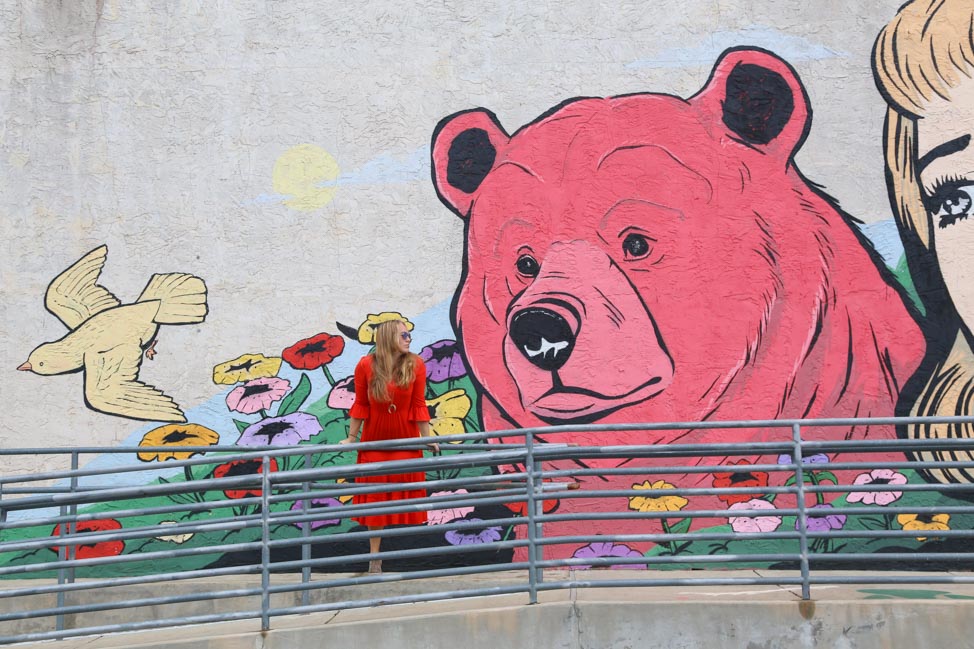
Are you sensing a theme? Murals drive tourism! Duh. But they’re not the only thing that does.
I don’t mean this post as a slam to all towns everywhere, but rather a teaching moment for those who have the resources to do better. In Tennessee, specifically, we see so many towns who are trying to break the mold and make their every dollar go as far as possible—shout out to Warren, Franklin, Wilson and Humphreys Counties for being shining examples of smaller regions making an impact by using their budgets wisely to build up tourism efforts over time—but unfortunately those are the exceptions to the rule.
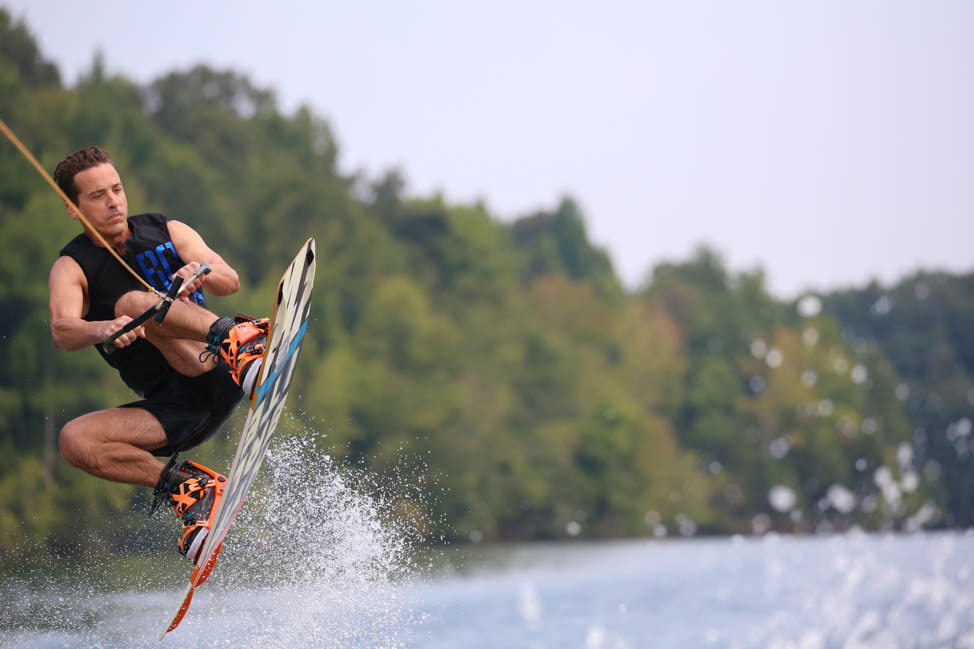
Now tell me: Where do you see small towns could improve their tourism efforts? And what cities with populations of, say, under 50,000 do you think slay it when it comes to both tourism and marketing themselves?
**********
Looking for more posts about tourism marketing? Start here:
- How Chambers, CVBs + DMOs Are Getting Tourism Marketing Wrong
- Third-Party Creator Platforms Aren’t Helping Your Marketing
- Fitting Influencers Into Your Marketing Strategy
- Why You Should Not Be Focusing Your Efforts on Instagram
- No, You Can’t Pick My Brain—Here’s Why
- How to Leverage Influencer Marketing for Brand
- 11 Lessons from 11 Years Blogging
PIN IT HERE
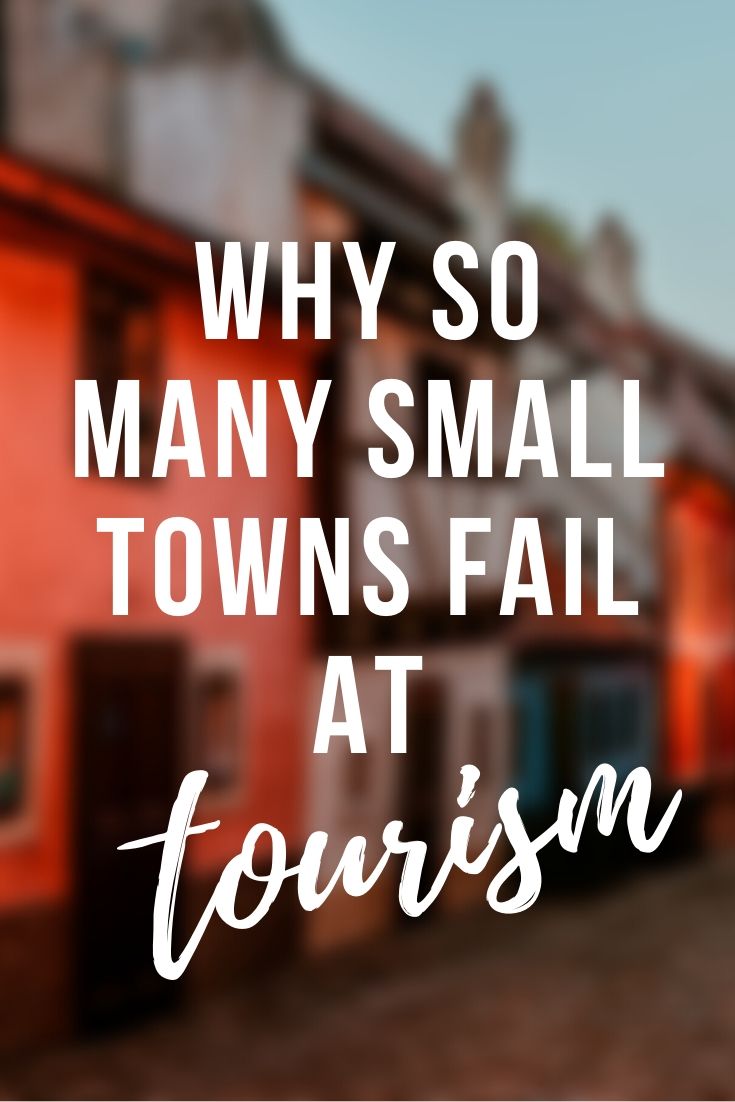
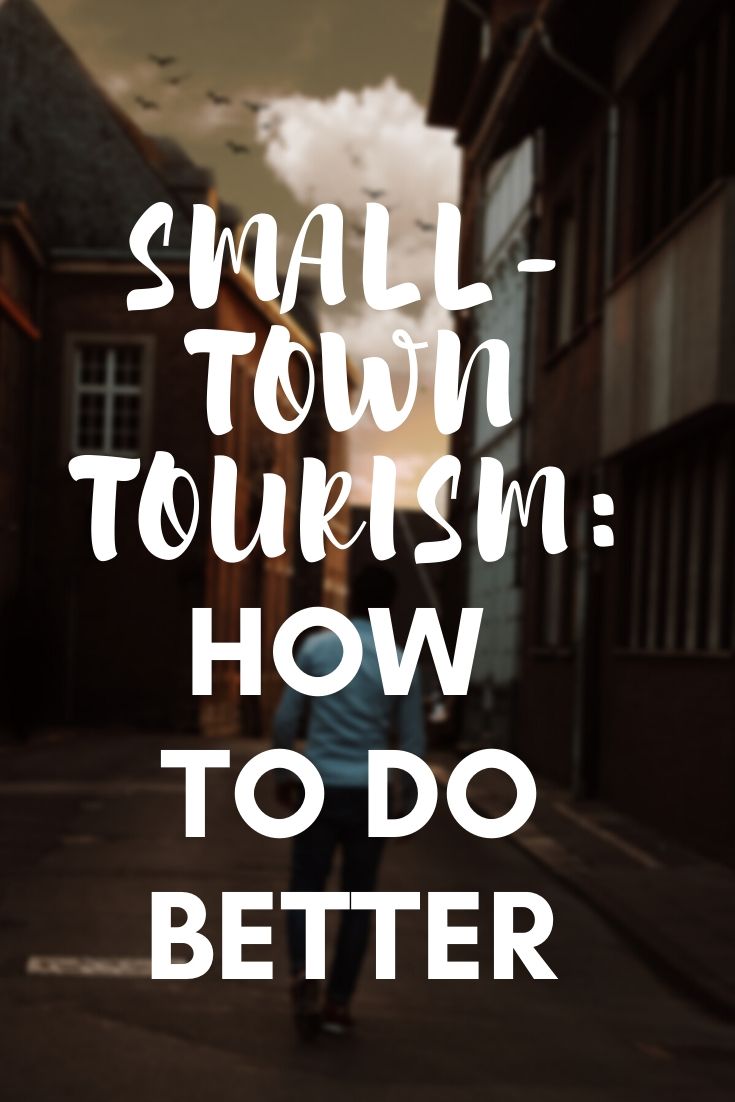
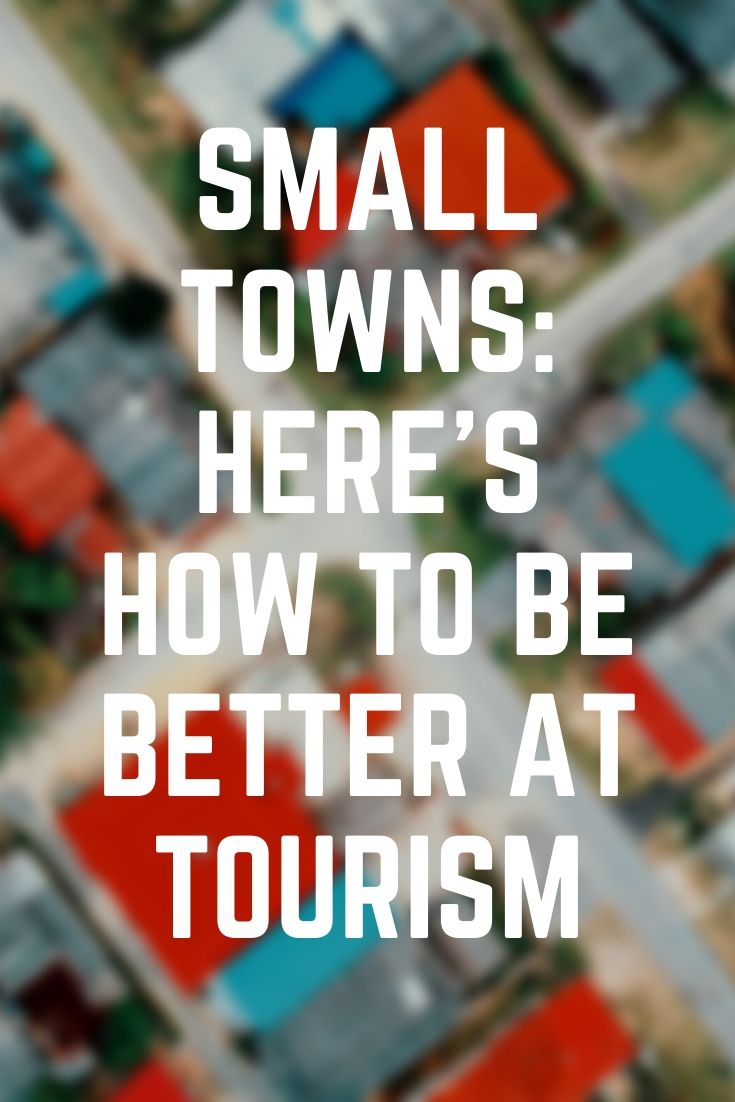
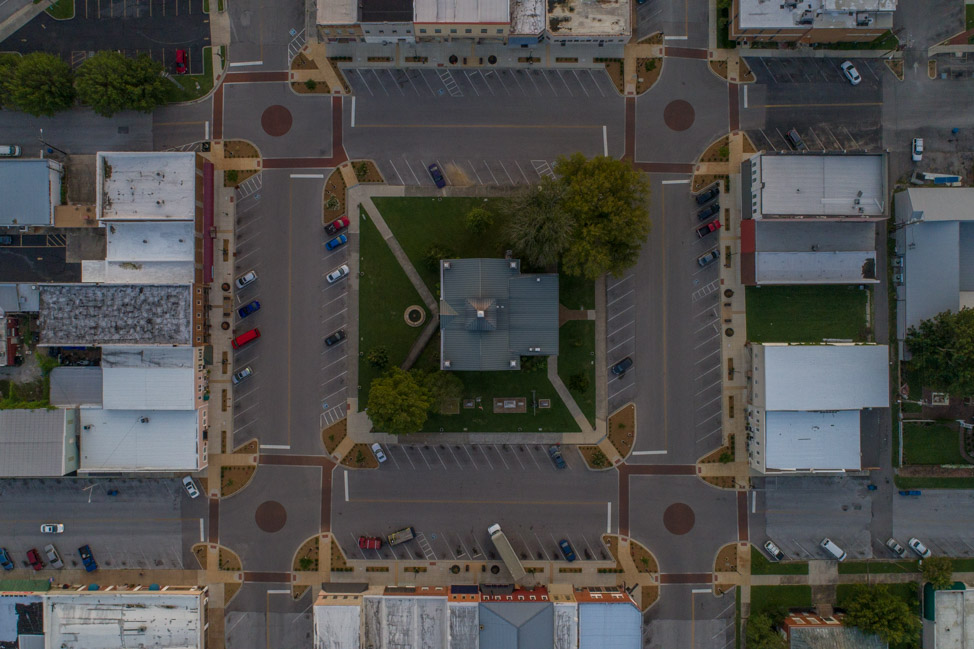
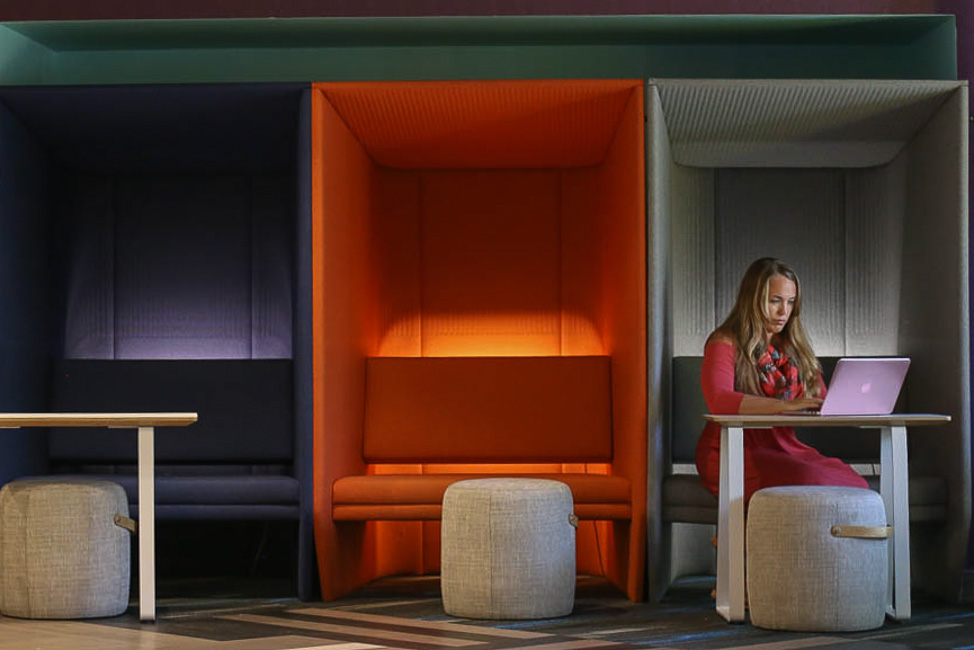

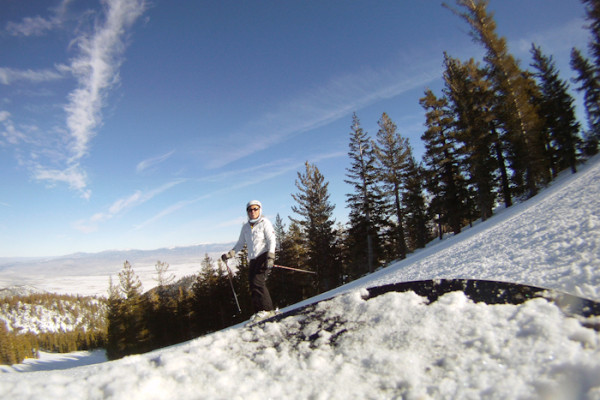
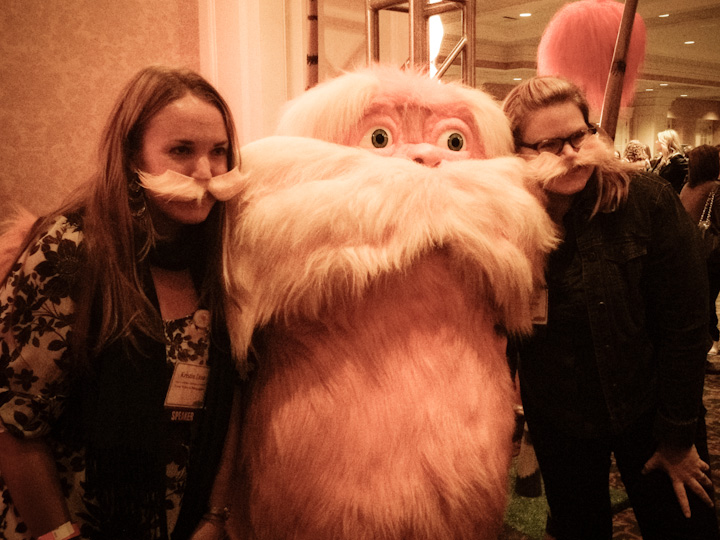
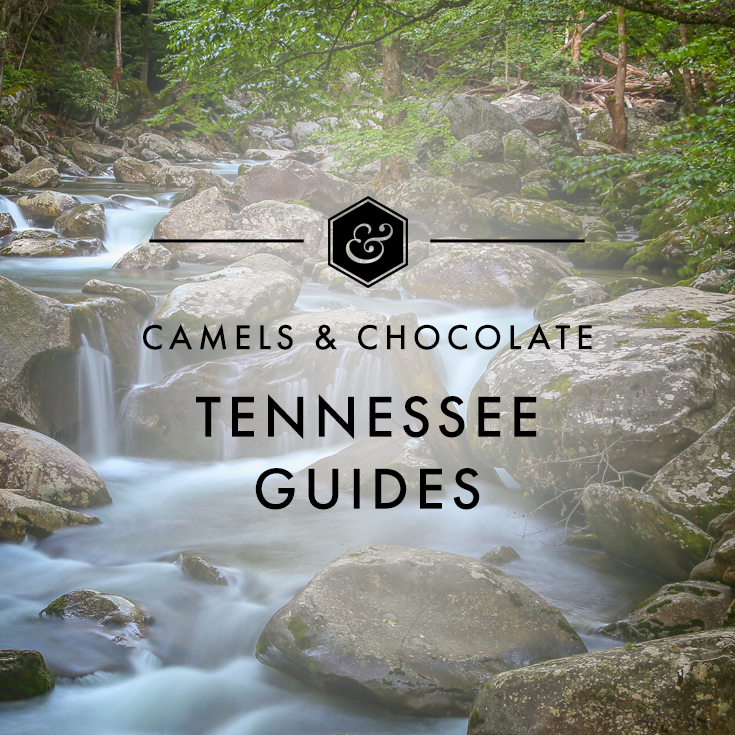
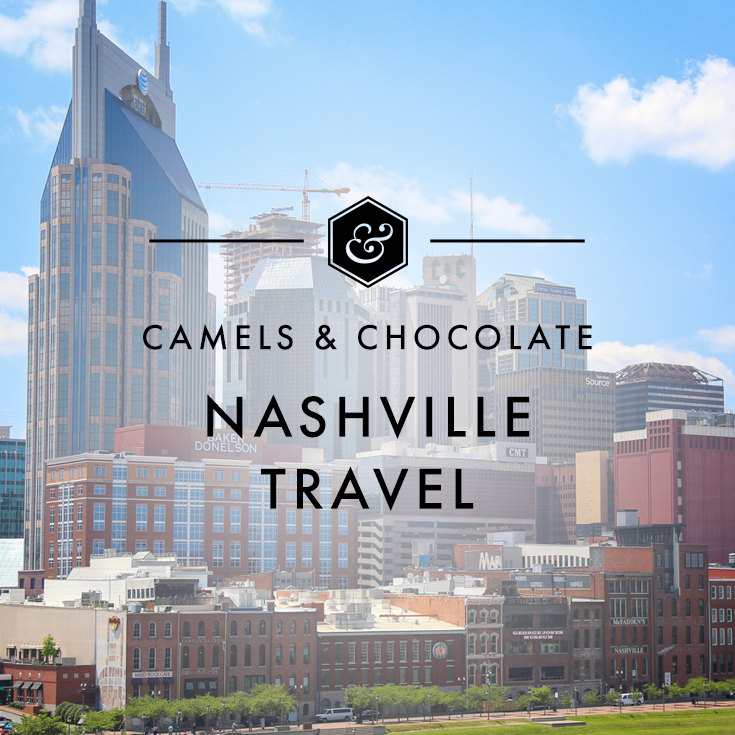
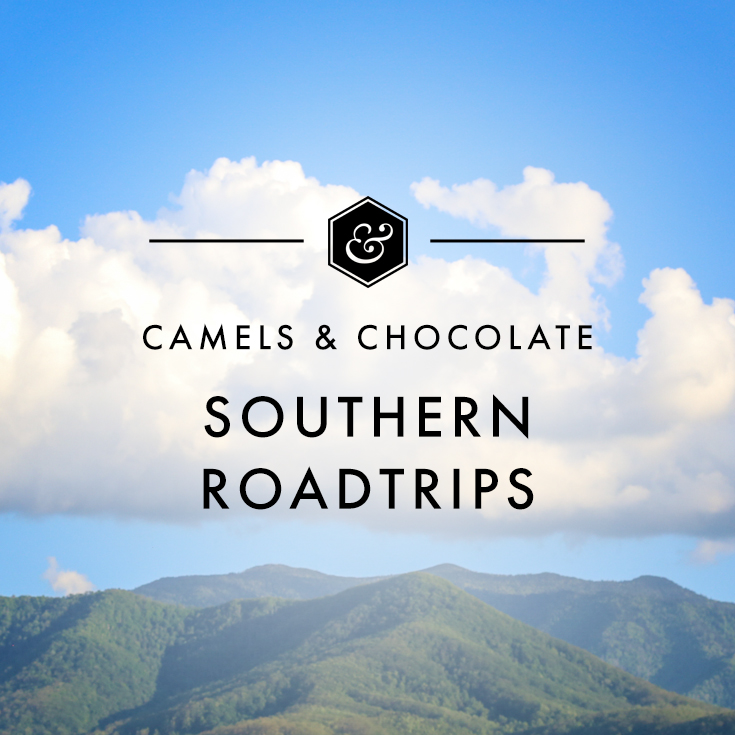







If you ever visit Franklin, Indiana, we have a sloth mural! It’s SO cute. I do like the wings murals, but there’s only so many of those you can have and more unique ones are a big draw for me when I’m out hunting in towns I visit.
I absolutely love this post and as a marketer too, I feel these. I feel like it’s definitely something someone should bring up. I do notice that too a lot of websites are outdated and websites are the first thing people go on if they’re interested in visiting a city but it can be off-putting for sure when it doesn’t show quality. I wish some cities put more effort and their budget to hire a marketing professional to fix up these things that TRULY matter.
Great article with amazing points. As a web designer, I echo your sentiments. I’ve created over 75 small business websites for a community here in Montana. I’m now branching out into small-town websites where I believe tourism will help these small towns thrive. Thanks again for the great thoughts I can share with my clients!